Behavior management is the single most asked question on pretty much any teacher blog, website or forum. Behavior management for PreK, behavior management strategies for teachers, and behavior management systems and plans are terms teachers search, every day.
The truth is we work with children- without a doubt, they can be unpredictable, and downright human. As educators, it is our responsibility to meet the students where they are, and help them manage their emotions, behaviors, and feelings.
A natural classroom environment is my Number 1 behavior management technique. Now when I speak of behavior management it really is only because that’s how teachers define it. Do I want to “manage” behaviors or would I rather create a learning space that helps with self-regulation? You be the judge…
I will let you in on a little secret, I haven’t had to use more than redirection in the 6 years since I transitioned to a neutral space. Honestly- the environment, authentic teaching/learning, and modeling are all highlighted in my classroom. As a result, the students (4 and 5-year-olds), are better suited to self-regulate and utilize the materials appropriately. We use glass jars for our writing manipulatives, real wood rounds for building, and metal buckets for storage.
I spend the first few weeks teaching the students how to care for our environment, and then the rest of the year with gentle reminders. I have only had 3 glass mason jars accidentally break in 6 years. Use the accidents as teachable moments; spend the time carefully cleaning up the area and find ways (with student help) to keep it from happening again.
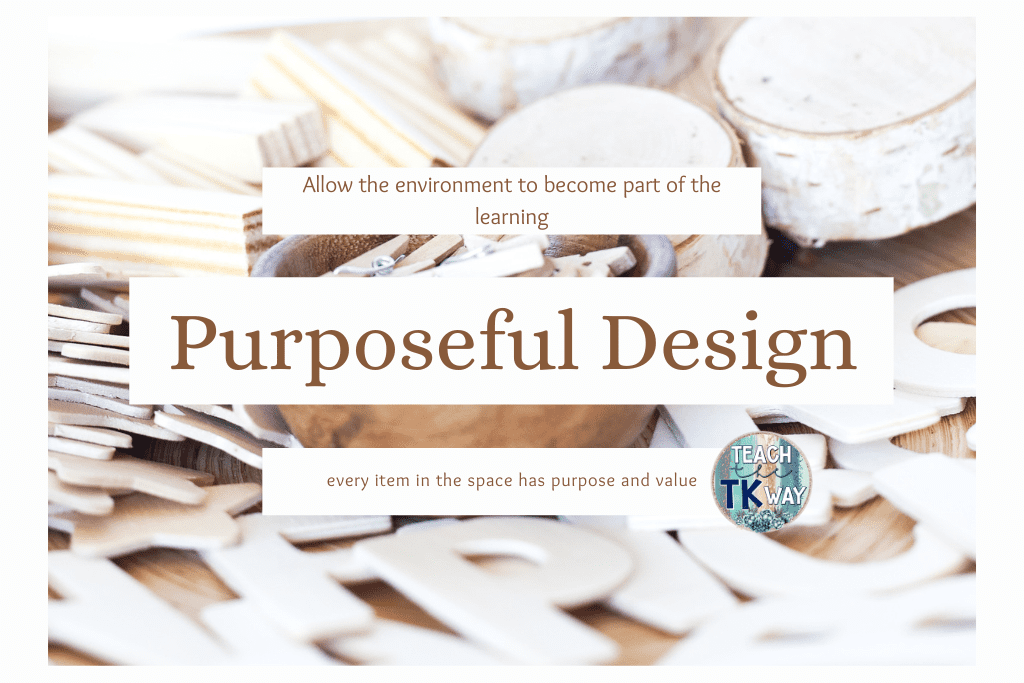
Behavior Management Plan
Begin the year with purposeful design.
What does purposeful design look like?
It allows the room itself to become part of the learning day. Each item brought in has a purpose, from the décor on the walls to the seating and workspaces. In a natural classroom not only are overhead lights turned off but natural light is let in through open doors and window blinds. Where artificial light must be used, keep it minimal; bring in lamps and softer lighting choices.
In my classroom, I turn off half of the overhead lights. I have a lamp in the reading nook and string lights in the block center. Just this simple technique brings the volume down almost immediately. I challenge you to try it. As soon as you notice the volume creeping up turn off half the lights and listen for the change.
This also goes for classroom color choice and wall décor. Is it purposeful? Is it used to enhance learning? Can it be displayed and/or stored in a more meaningful way? This was a huge concept for some of my teachers to get over. The color/number/ABC line was always displayed. Plus name tags on a door, name tags on tables, name tags on cubby spaces, name tags near the calendar wall.
OH, the calendar wall– whew- numbers, days of the week, today- tomorrow yesterday signs, months of the year, seasons, birthdays, helper charts, line leaders, attendance charts, plus so much more!
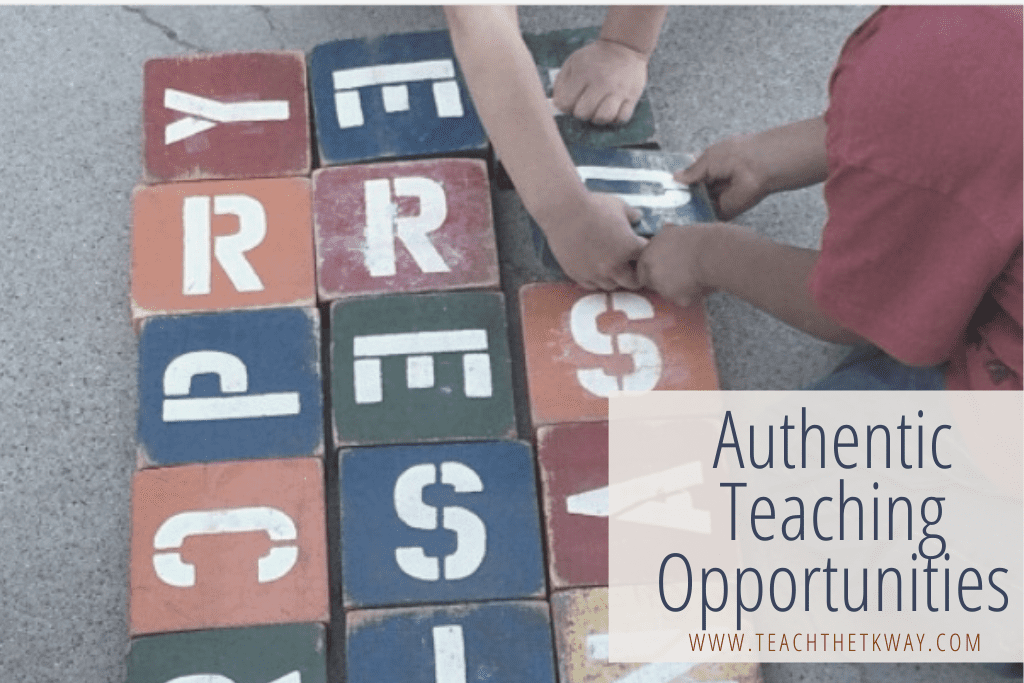
Behavior Management Strategies
To clarify, ask yourself, do I use all of these items for educational purposes, or is it merely wallpaper? Do I really use the color chart to TEACH colors? Or do I actually teach colors in authentic ways by pointing out colors as we see them in the environment?
In short, if you answered yes to authentic learning TAKE THEM DOWN! If you really feel the need to have these charts and wallpaper items put them in a binder and leave them in the library area. Without a doubt, the students will get more out of being able to physically handle them each day!
Choose décor that is visually calming: single colors, neutral tones, a muted palette. Be intentional with your teaching- if you have an ABC or number line up on the wall be sure they are at a height where students can actually refer to them. Mine has to be kind of high because of where the windows are, so I bring down the ones we are focusing on and then replace them as we move down the wall. This year I am working toward printing them on transparencies so I can actually put them on the windows themselves.
Behavior Management Training
I have read countless books about calendar time, letter of the week, and authentic/intentional teaching. I encourage you to read some of my favorites before you embark on an outdated, but, traditional learning time! Really think about the behaviors you are seeing.
Then decide if the behaviors need to be managed or are the issues the way we are teaching concepts. The classroom design was extremely humbling for me. It took some serious self-reflection to realize that just by changing a few of my own outdated practices- I was actually creating a better learning experience for myself and my children.
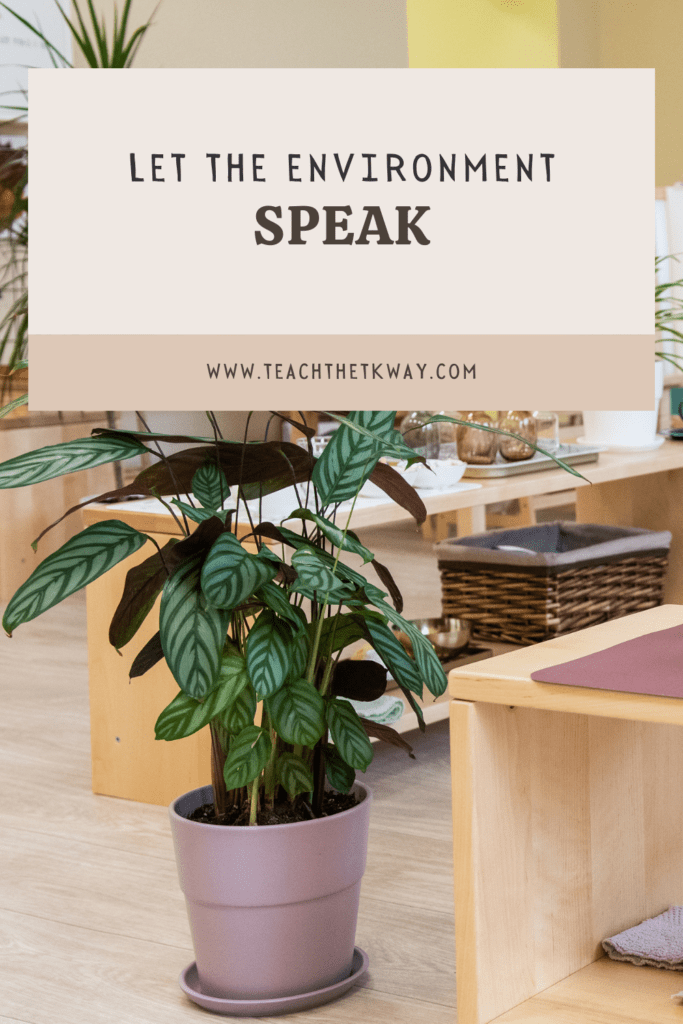
Let the Environment Speak
Think about what has worked (or hasn’t) for both you and your students in the past and incorporate items/make changes as necessary. For instance, the library space was housed underneath a loft area in one classroom. Instead of using the library the students would drag all of the dramatic play items into the area and play house-EVERYDAY!
However, I can be a slow learner. (haha)
I waited six months and many stress-filled days before I went with it and moved the dramatic play area under the loft. Days were no longer spent reminding students the library was a quiet area, and the kitchen items belonged on the other shelf. The new library area was actually more utilized (it was slightly bigger) and closer to my Leopard Gecko. The children would sit and read to Luca every morning!
The newest trend is to create a CALM DOWN corner to manage classroom behavior. I want to let you in on a little secret- I don’t have a calm down corner- SSSHH!
I do not have a need for one.
Undoubtedly, my natural environment allows students to regulate behaviors everywhere in the room. We have live plants that help clean the air, classroom pets that encourage quiet reflection, and space on the shelves for breathing room. When you look at my shelves you might think I am lacking in manipulatives and learning materials. Actually, I have too many things, all hiding out of sight. I change the items on the students’ shelves regularly.
This keeps the interest high, and behaviors at a minimum, plus it keeps students from becoming overstimulated- both visually and physically.
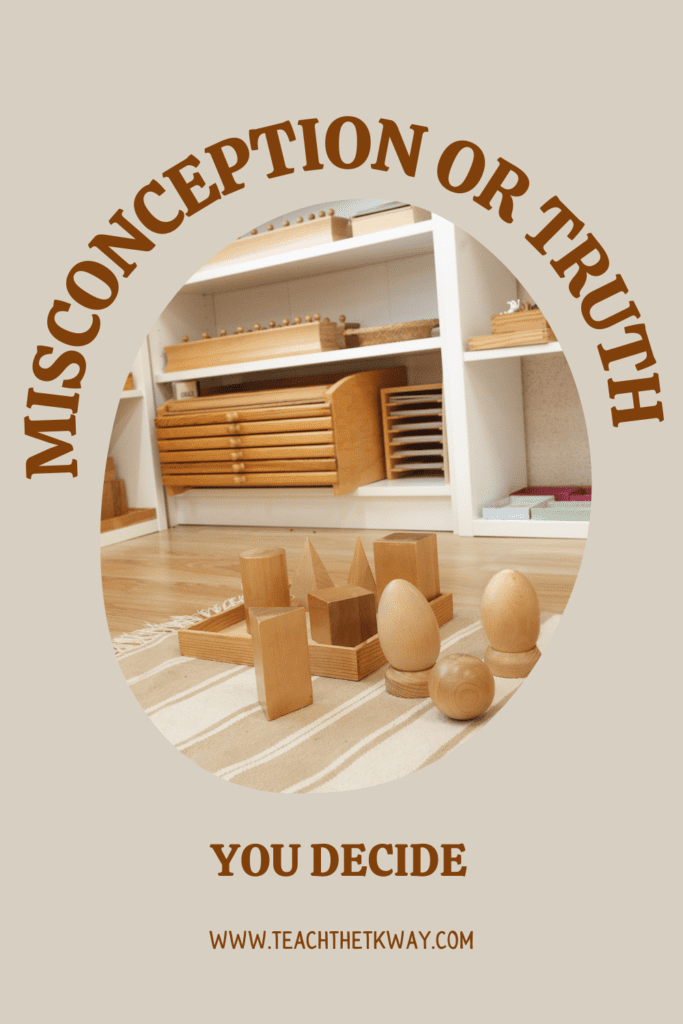
Behavior Management Ideas
In one program I had a director that was always concerned about the correct use of items. It bothered her if the students used play food as stacking materials and vice versa. When we changed to a natural classroom environment it alleviated the issue immediately. Now instead of having plastic materials that had one single purpose, we use loose parts that can become anything. Basically, wood rounds become cucumbers, cookies, money, food, items to stack, and counters. This alleviates the stress for adults and allows students to become even more creative.
If you still have reservations surrounding loose parts, classroom materials, or the way students are handling items it is time to have an internal, personal conversation.
- Are the items really being used inappropriately?
- Is the behavior in the classroom uncontrolled?
- Is it your own bias and anxiety, or is something truly unsafe?
If the students are being unsafe (and this is really dependent on the adult as well) take some time to address the expectations with your students. It is equally important to spend the first few weeks going over center management.
Discuss classroom behavior expectations with the children. Have the students help come up with acceptable rules for items and centers. Model appropriate use of materials, and then remind them often of their rules.
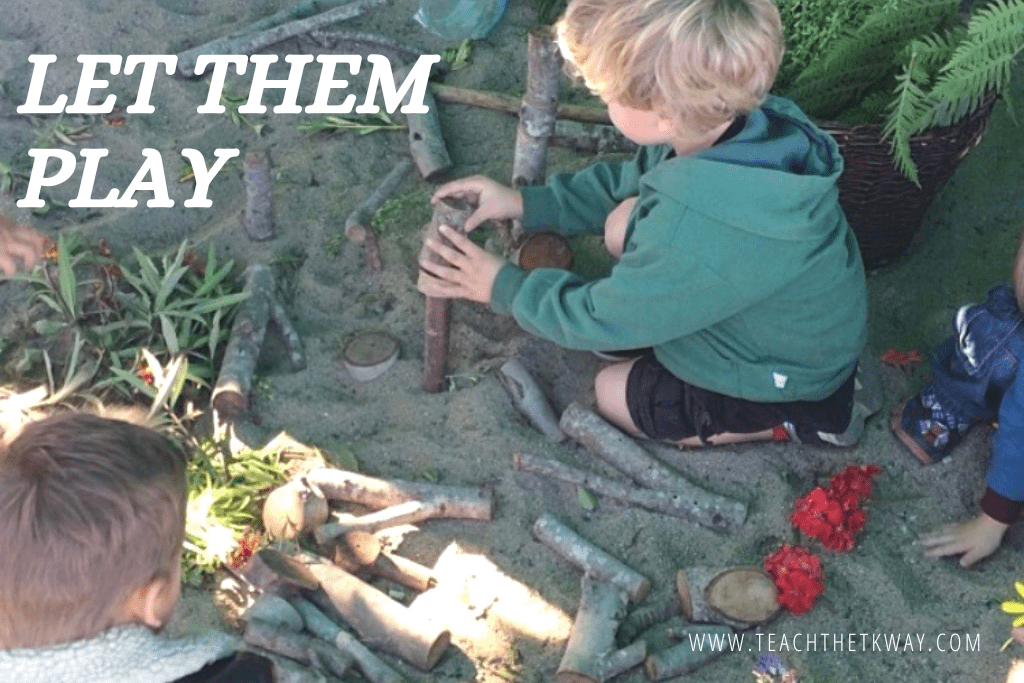
Behavior Management In The Classroom
I do not usually put a limit on the number of children in a center- because I think so much learning happens cooperatively. However, if the center is small, discuss with the children how many they would like to see using the materials. If the center becomes too full I will redirect any students who are not actively participating.
Usually, this is by giving them a helpful job that supports the center they were in. For example- Johnny, could you get some paper and rulers so you can measure and draw the design you are thinking about? This helps Johnny participate, gives him purpose, and helps deepen the learning because now you can discuss what design elements are needed. Engaging reluctant students is a solid behavior management technique.
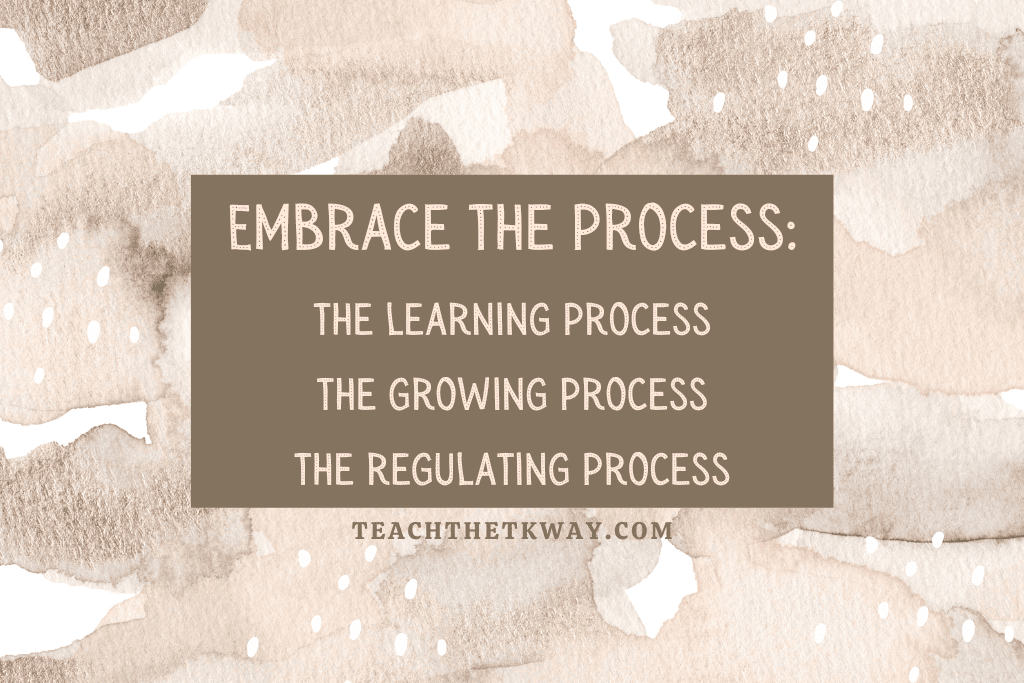
How does classroom management affect learning when you embrace the process?
I know so many teachers that say things like I don’t have time, there are too many expectations, and this wouldn’t work with MY group. This self-doubt and negative talk will continue to breed negativity- So I am here to give you permission to STOP!
Make small changes and see how it turns the days around. Use some paint for plastics and change all of your buckets to a single neutral color. Turn off some overhead lighting. Pull back the window shades, add some plants, and finally TAKE THE TIME. Intentional classroom design is a behavior management strategy that works.
Time frames are an expectation many educators cannot get around. I understand – we have to be at recess/lunch/computers on time. If we were deep in learning centers I do not expect things to be cleaned up while we leave for the next part of our day. My students know that they can return to an activity, and this has helped many students transition in a genuine way.
At the end of the day, on Wednesdays, I allow the block center to stay IN PROGRESS until the next day. We put up a sign and the students can return to their work the next day. Wednesdays, because the janitorial staff does not come in (it’s a district-wide meeting day).
Behavior Management Specialist
Do my students know this is why I chose that specific day- NOPE.
But guess what, I am a Rockstar because I allow them to leave their creations up overnight!
I ask the students which creation we should leave standing, we vote, and then they help put up signs and caution tape. When we give students the ability to make some decisions regarding their learning they begin to develop a sense of ownership. This, in turn, allows them to self-regulate and the classroom becomes a place where everyone gets along. I use the words family, a lot! We are a TK family, we work together as a family and we have family meetings each morning.
Small changes friends– that is all I ask. Obviously, I want the natural classroom to bring you peace, tranquility and a newfound love of behavior and classroom management.
Until next time, keep learning to play the nature way-




9 Responses
Would love a copy of this article. Could it be posted so it could be printed please?
I am so sorry for the late reply. In the upper left corner of the post itself, there is a small printer icon. You should be able to print directly from there. I am glad the article was helpful.
I so appreciate your perspective. There are so many thoughtful ideas in this post – the impact of lighting, the implication that overly busy classroom decor actually creates chaos, and the use of loose parts for imaginative play. Thank you!
So many gems in here. The environment is the second teacher in the room so I love how you centralize this to bring more ease to the work. I’ll be sharing this with the preschool teachers I support. Thanks!
Such interesting tips! I felt calmer just imagining your classroom based on the detailed descriptions I do remember the effect of natural lighting back in my classroom, but I can still apply things like neural colors, etc. to my online classroom.
I do remember the effect of natural lighting back in my classroom, but I can still apply things like neural colors, etc. to my online classroom.
These are such great tips for setting up your classroom! Thanks for sharing!
I love that you gave permission to stop with the negativity! Yes! Let’s be solution focused